There is nothing more exciting than to take your car to the track, and drive it at speed on the track. The anticipation, eagerness, anxiety build as the day / event approaches. So, to help you feel a little better about the experience, we are writing this article to let you know what to expect. (We wrote the first article about what to take to your track day, and we will follow this up with how to manage your car at your track day).
There are lots of track organizations in our area (PCA (Porsche Club of America), BMWCCA (BMW Car Club of America), Ferrari Club, Hooked On Driving (HOD), NASA, SCCA, SpeedSF, My Private Track Day, NCRC, and many more). Each runs the day a little different, and some in our view, run a much better track day than the others (we prefer PCA, BMWCCA, HOD).
We’ll assume for the purposes of this article that you had done either none, or very few track days. The first item to understand then is the schedule, and we’ll cover not only the day, but leading up to the event as well.
- 4+ weeks before the event:
- Sign up for the event, get your registration verification (do not assume that there will be capacity for the event just days before the event, most events fill up weeks in advance….there are a LOT of people doing this).
- If your event is at a track like Thunderhill, Buttonwillow, Willow Springs, Spring Mountain or farther away, make your travel plans and hotel plans, or if you are doing a multiple day event
- Go online, find some in car videos of the track, watch them as many times as you can (doesn’t need to be in a car like yours or a speed like yours)
- A week + before the event:
- Have your car fully inspected (either by yourself, or by a professional shop). You need to have more than 50% remaining on your brake pads, your brake rotors need to be above minimum thickness, your tires need to be in good condition (depending on whether your track day will be wet or dry will determine how much tread remaining you need to have), get an oil change, get the transmission / differential fluid changed, check all fluids, ensure there is no evidence of any cooling system leaks or other fluid leaks, make sure there are no loose items anywhere, check all other fluid levels, make sure there are no active “codes /errors” in any of the systems in your car, make sure all wheel lug bolts or wheel studs are in good condition, make sure your car alignment is in good condition or correct
- Get your brake fluid changed, and upgraded (do not go to your first event with stock brake fluid or brake fluid that has not been changed in less than 2 years)
- Gather and pack all your stuff (see our other article on what to bring to your track day)
- Get the Tech Form for the event, print it out
- Get the Schedule for the event, print it out
- Get a MAP of the track, print it out, memorize it, and bring it with you to the event
- Pick a car “NUMBER” for your car, with some options
- Get car numbers printed, or use tape, and put the numbers on your car (all groups require numbers on the sides, and most require the numbers to be at least 8″ tall for the sides), some groups require numbers on the front and rear of the car as well, make sure you know in advance
- 2 Days before the event
- Pack your car
- Day Of The Event
- Get to the track between 6:30 and 7am
- Determine where you want to park your car for the event
- Find your spot, park
- Lay out your tarp or blanket, unload all your stuff onto the tarp
- Get everything you can out of the car, leave no coins, bottles, papers…there should be nothing inside your car, inside your trunk
- Lay out your tools for ready access
- If you haven’t already put the numbers on your car, put them on
- Go to registration, make sure you are registered
- Submit your tech inspection form, signed by you
- Confirm the schedule for the day, verify if any changes
- Confirm where the initial event meeting is to take place
- Get the understanding of where “pre-grid” is (where you go in your car before you get released onto the track), where track entrance is
- Go relax, get some fluids in your body
- Go to the first meeting (required for all participants)
- Understand when your first session is, you want to be ready 30 mins in advance (if you are the first group of the day, this means you needed to have your car ready before the first main meeting of the day)
- 15 + minutes before your session
- Get in your car, have your helmet / gear w you in the car
- Drive to the “pre-grid” area
- If you are having an instructor, let them know, and get introduced to your instructor
- Review w your instructor how the two of you are going to communicate (in car “chat” system, or vocal / hand communication)
- Get your helmet on, seat belt or belts on, gear on
- Start your car, ensure its warmed up
- If you are running cameras….turn them on, start the recording
- Session
- Use the first lap out to warm up the brakes, warm up your brain, warm up the tires (do not try to go out quickly)
- Many track groups, if this truly your first time at that track or with that organization, will have the instructor drive the first 2 or 3 laps with you in the passenger seat to allow you to gain familiarity with the track, scenery, layout, then will pull into the “hot” pits, and swap seats.
- Get your self situated, comfortable, mirrors adjusted, and go back onto the track, and have FUN
- Last Lap
- Once the checkered flag has been thrown, use the last lap as your “cool down” lap…to cool the brakes, cool the tires, and get your heart rate and breathing back to normal
- Some track throw the checkered flag at two locations…if you get the short checkered (like at Laguna Seca, they often throw the checkered flag at start/finish, AND between Turn 6 and Turn 7, at Thunderhill they often will also throw the checkered flag at Turn 11)
- IF you get a “short” cool down lap, when you come into the pits, drive your car around the pits and do a LAP in the pits to allow your car and items to cool down
- You do not want to park your car immediately after coming off the track with your brakes incredibly hot…and if you get out of your car, and hear the brakes singing to you (ting, ting, ting), then you did not do an adequate job of cooling your car on the cool down lap….take note.
- After the session
- Drop your instructor off at the designated area
- Park your car in your spot
- Turn off your cameras
- Get out of your car, get all your gear off
- Get some fluids in you
- If possible, get some immediate points from your instructor on key items to work on
- Go to the “download” group meeting
- Relax….enjoy, smile….review the session in your mind, set your objectives on the few items (pick one or two) that you want to focus on for your next session
- At the end of the day
- Pack up all your stuff
- Check your car over for the drive home
- Check and raise your tire pressures for the drive home (the drive home will cool the tires, and they will lose a lot of air pressure…make sure you are set…plus, track tire pressures and road tire pressures are drastically different….see our next www article on how to manage your car once at the track)
Have FUN. There is nothing like it…but, be fore warned…it is addictive, and habit forming.
BRracing – providing the expertise when ever you need it – proven, leaders, your friends


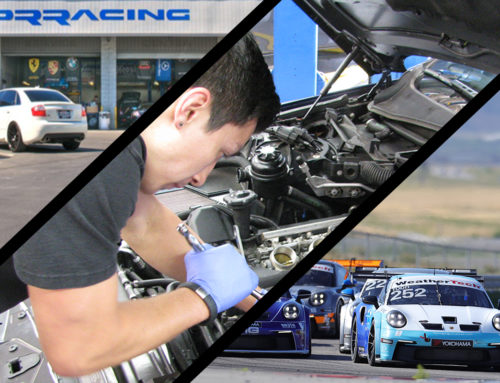
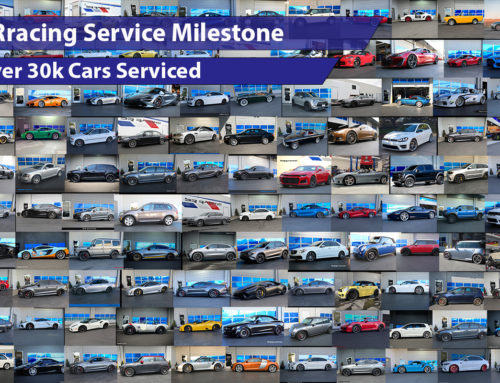
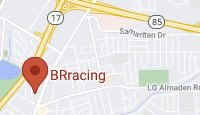
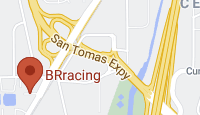
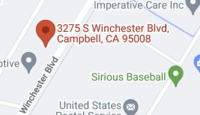
Leave A Comment
You must be logged in to post a comment.